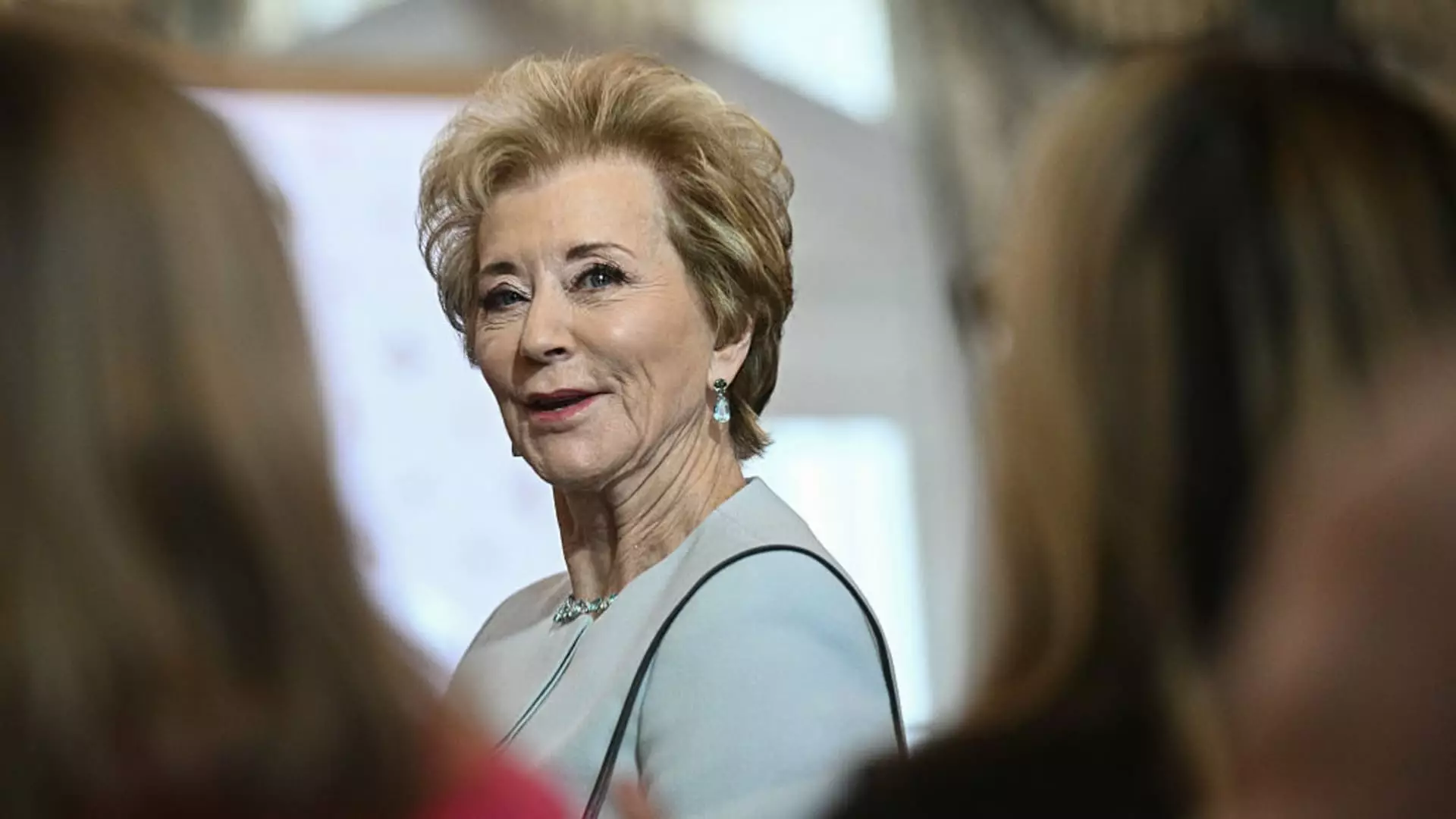In the United States, the noble profession of teaching has been sullied by an insidious epidemic—student debt that haunts educators like Jason Collier from Virginia. His tale is one of financial struggle, a narrative shared by far too many in the profession. Collier, a special education teacher, faces the grim reality of not being able to fill his gas tank until he receives his paycheck, painfully feeling the tight grip of his finances as he balances the demands of raising two children alongside the specter of medical expenses resulting from a cancer diagnosis. The burden is compounded by the looming threat that the U.S. Department of Education may soon garnish 15% of his wages—garnishment that could tighten the noose around his already strained budget.
The sheer notion that a teacher, someone entrusted with the development of future generations, must juggle the weight of student loans while attending to the educational and emotional needs of his students is nothing short of tragic. The reality is that many educators do not enter the profession to amass wealth, yet they are faced with unyielding financial pressures. This systematic neglect of teachers’ welfare is an affront to the fundamental value society places on education. When the government targets not only their income but also their dignity, the result is a failed educational system that disrespects the very individuals who mold our future.
A Harsh Turn Amidst Relief
Post-pandemic, we collectively yearned for compassion, understanding, and innovative solutions to address the crippling burden of student loans that has ensnared many Americans. Unfortunately, the political landscape has shifted drastically, revealing an alarming willingness to revert to aggressive collection practices by the Trump administration. With plans to seize tax refunds, paychecks, and even Social Security benefits from borrowers in default, the cracks in our educational and economic systems have deepened.
Around five million students are currently in default, a number that could potentially double if punitive practices continue unabated. Indeed, Secretary of Education Linda McMahon’s assertion that borrowers should repay their debts rings hollow for educators like Collier, who are left grappling with the soaring cost of living while struggling to make ends meet. These burdens do not just represent financial shackles; they signify a disregard for the humanity of borrowers caught in a maze of bureaucracy and desperation.
Garnishing Dreams: The Impact of Income Withholding
The implications of wage garnishment extend far beyond financial hit—a reality starkly articulated by individuals like Marceline Paul, who faces the constant anxiety of bills overshadowing her retirement. As a former healthcare worker, she dedicated her life to helping others, only to find herself plagued by anxiety over an insufficient income compounded by her student loans. The prospect of losing even a fraction of her Social Security benefit—her sole income—fills her with dread. It’s a grim irony that after a lifetime of contributions to society’s welfare system, she is now confronted with the possibility of financial vulnerability simply because she took on debt to support her daughter’s education.
These documented experiences reflect a broader societal issue where the underpinnings of student debt are neglected by policymakers. Nearly half a million borrowers aged 62 and older find themselves entangled in a bureaucratic mess, with their futures teetering precariously on the edge of policy decisions entirely outside their control. It is an insidious cycle that punishes the very individuals society claims to honor, leaving them suffocated by a system that thrives on revenue extraction rather than education.
Echoes of Mismanagement and Confusion
The lack of clarity and guidance in the student loan repayment process perpetuates the feelings of hopelessness among borrowers. Individuals like Kia Brown exemplify the chaotic mishandling of student loans, where a single phone call can transform from a quest for help into an endless nightmare of hold times and contradictory information. This chaotic reality counteracts the narrative that many of these borrowers are willfully shirking their responsibilities.
Such systemic failures illustrate a broader truth that it is not just a small group of borrowers evading their obligations, but rather a significant number struggling against an opaque repayment process. The administration’s decisions to fire experts who could assist people afloat amidst this turmoil only exacerbate the crisis. As the mantle of responsibility unethical falls upon the borrowers themselves, we must grapple with the fact that far too many of them are simply lost in a world that seems uninterested in their plight.
In an era grown comfortable with ignoring the struggles of its most dedicated citizens, we must reclaim the narrative. Education should not be a road paved with financial ruin nor an obstacle keeping dedicated professionals like Collier, Paul, and Brown from realizing their aspirations. Warping public policy into punitive measures only reveals the lack of political will to confront the deeper issues at hand. The stakes extend far beyond individual borrowers; they affect the fabric of our educational system and, ultimately, society as a whole.

